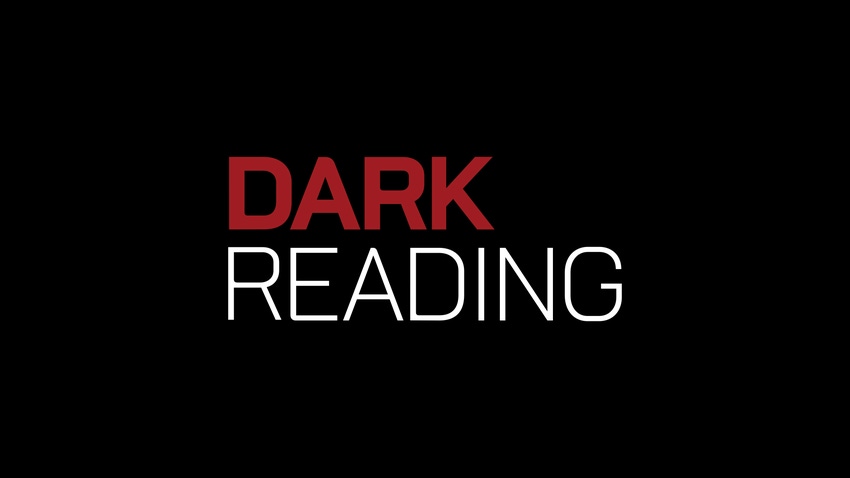Next month, should Microsoft make good on its promises, Internet Explorer 8 will pack some considerable security enhancements. Could Microsoft deliver not only the most widely used Web browser, but also the most secure?
July 3, 2008

Next month, should Microsoft make good on its promises, Internet Explorer 8 will pack some considerable security enhancements. Could Microsoft deliver not only the most widely used Web browser, but also the most secure?In the fourth quarter of 2006, Microsoft released what was then a long-overdue update to IE6. It was IE7 that finally brought tabbed browsing to IE, which previously had only been available for Firefox users, as well as native RSS feeds. While I welcomed those usability enhancements, as a security guy, it was the security improvements that caught my attention. When it comes to sheer performance, Firefox 3 (at least on my Mac Pro) screams.
The security enhancements in IE7 included the ability to better spot phishing Web sites and a reduction in the attack surface of ActiveX. But it was "protected mode," a sort of wall setup between the browser and the underlying OS, that really sent IE7 security to an entirely new level. In protected mode, the browser is largely prevented from changing system settings and installing apps without user knowledge and approval. Unfortunately, protected mode was only made available to Vista users.
Next month, according to this story by J. Nicholas Hoover, IE8 will improve security against cross-site scripting attacks, which have been growing in popularity and make it possible for attackers to steal cookies, passwords, and just about anything the user types into the browser.
Internet Explorer 8 also will have what Microsoft is calling the SmartScreen Filter, an update to the phishing filter already available in IE7, which will include malware defenses. Both Firefox and Opera have similar features.
The Data Execution Prevention enhancements will help mitigate many memory-related attacks, including buffer overflows (the engine of many memory resident worms). This is very welcome protection against one of the most prevalent exploit vectors.
In all, the security enhancements in IE8 appear, at first blush, to be an improvement over the already tremendous improvements found in IE7 running on Vista in protected mode.
They also leapfrog over Mozilla's security enhancements in Firefox 3. For starters, the anti-phishing technology in Firefox 3, as pointed out earlier by Mitch Wagner, is woefully inadequate. The feature failed more than half the time in testing and could lull more neophyte users into a false sense of security.
We'll see how well Microsoft executes on its promises, hopefully, soon.
About the Author(s)
You May Also Like
Securing Code in the Age of AI
April 24, 2024Beyond Spam Filters and Firewalls: Preventing Business Email Compromises in the Modern Enterprise
April 30, 2024Key Findings from the State of AppSec Report 2024
May 7, 2024Is AI Identifying Threats to Your Network?
May 14, 2024Where and Why Threat Intelligence Makes Sense for Your Enterprise Security Strategy
May 15, 2024
Black Hat USA - August 3-8 - Learn More
August 3, 2024Cybersecurity's Hottest New Technologies: What You Need To Know
March 21, 2024




